Curriculum Modules

One Minute's Freedom
The story of Elizabeth “Mumbet” Freeman and the abolition of slavery in Massachusetts allows educators and their students to examine the tensions and contradictions between the professed ideals of the United States and the actual practices of the United States and to consider the ways that enslaved people used the professed ideals of the United States to argue for their own liberation.

What Happens to a Dream Destroyed?
Students confront the devastating history of June 1, 1921, when the affluent African-American neighborhood of Greenwood, in Tulsa, Oklahoma, was destroyed by deputized white mobs. Historians believe approximately 300 members of this community were murdered.
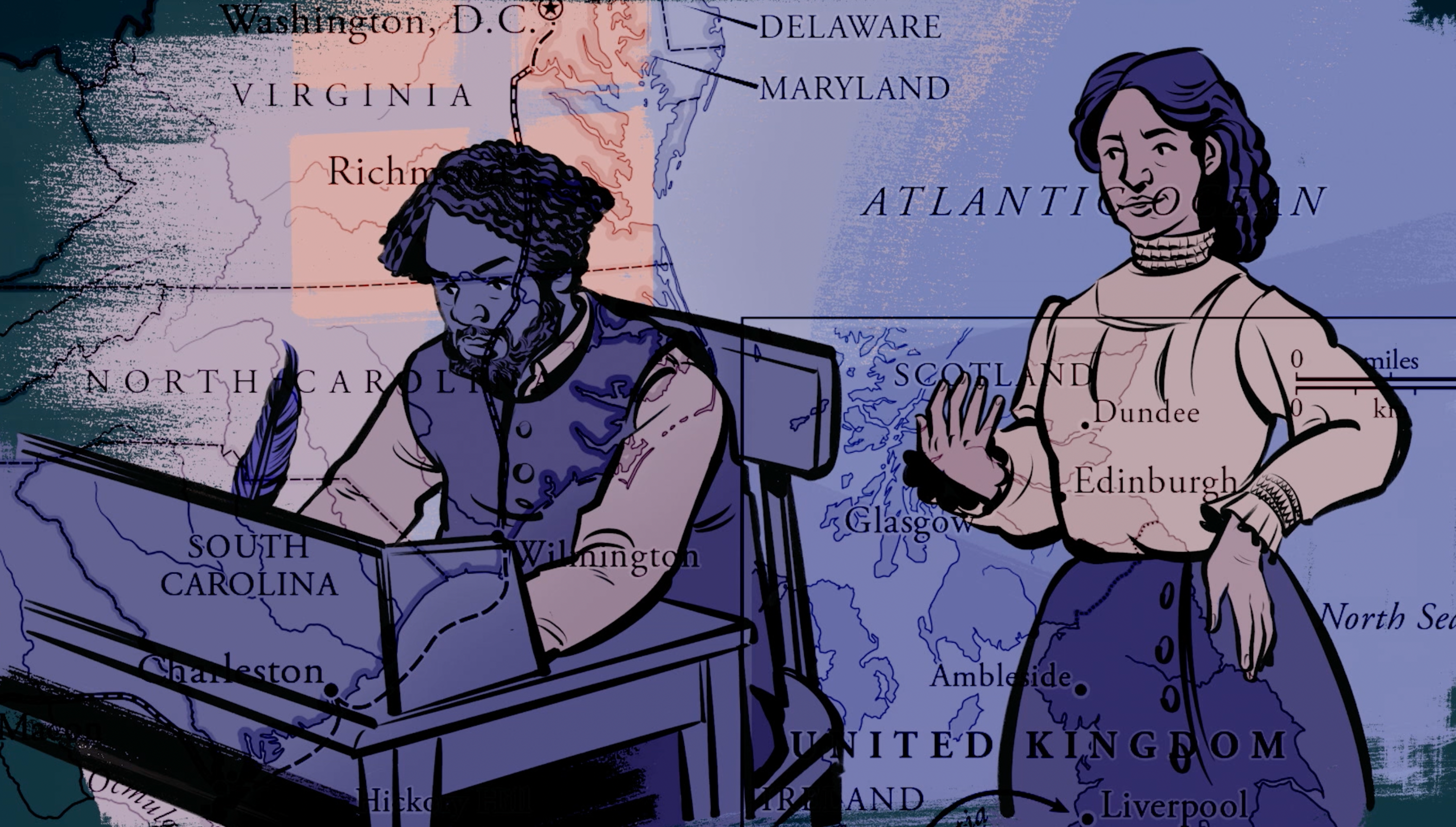
If You Cross This Boundary, We All Die
William and Ellen Craft self-emancipated from slavery in Macon, Georgia. Their journey was harrowing and amazing. Their journey North is not only an inspiring story that exposes the anti-human institution of slavery, but it's also a window into the strange, fragile construction of race. This episode will delve into the Crafts' story as an example of the lengths enslaved people were willing to go to secure their freedom and their futures.
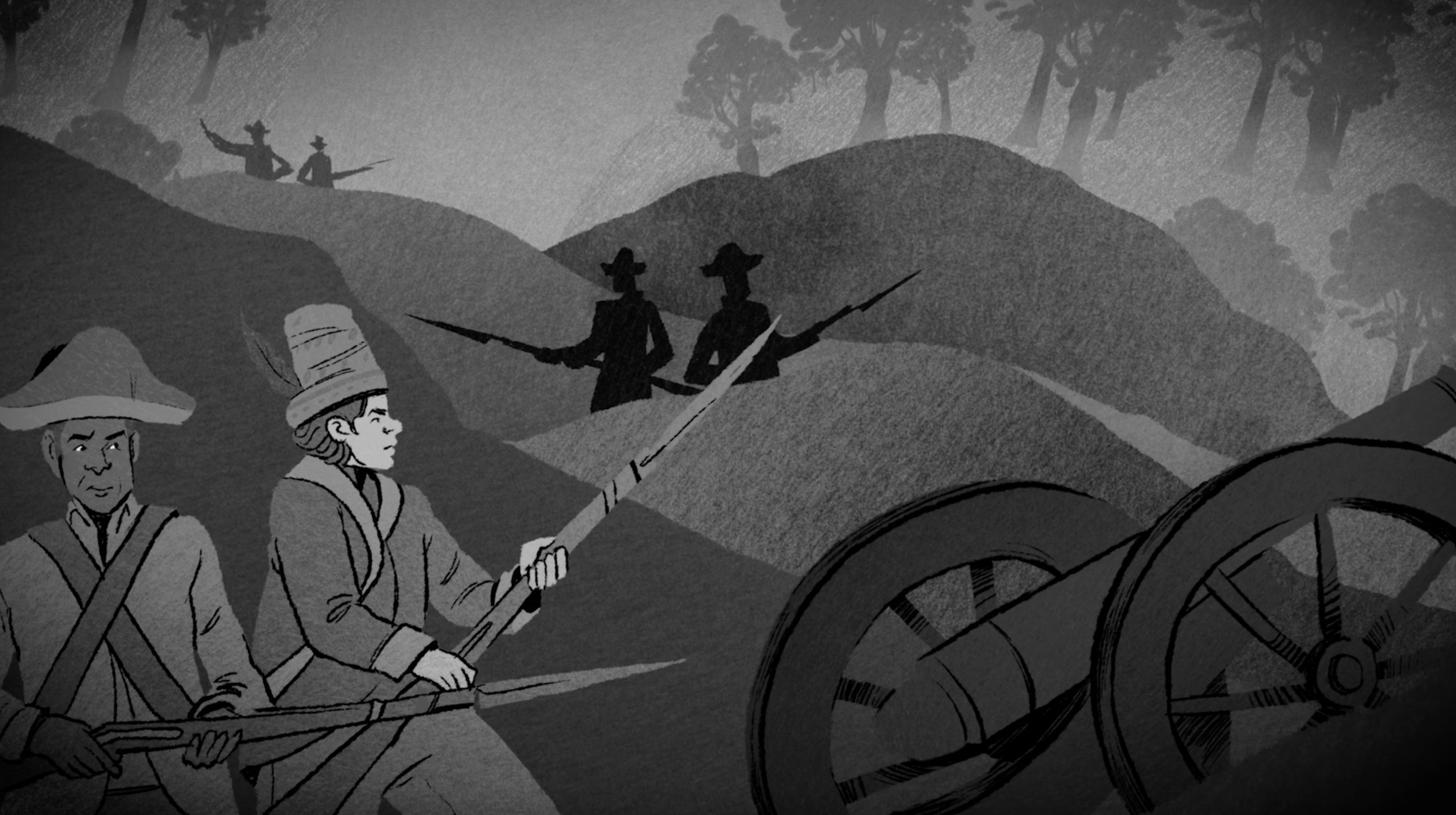
The Purest Sons of Liberty
Tadeusz Kosciuszko was a Polish expatriate who assisted the Continental Army in many ways during the American Revolutionary War. During his time with the Continental Army his aide de camp was Agrippa Hull, a free-born African-American man. In his will, he left all of his American assets to Thomas Jefferson to use “in purchasing negroes from among his own as [well as] any others,” “giving them liberty in my name,” and “giving them an education in trades and otherwise.” (NOTE: there will be more items added to the curriculum soon; we just couldn't wait to get this one to you!)
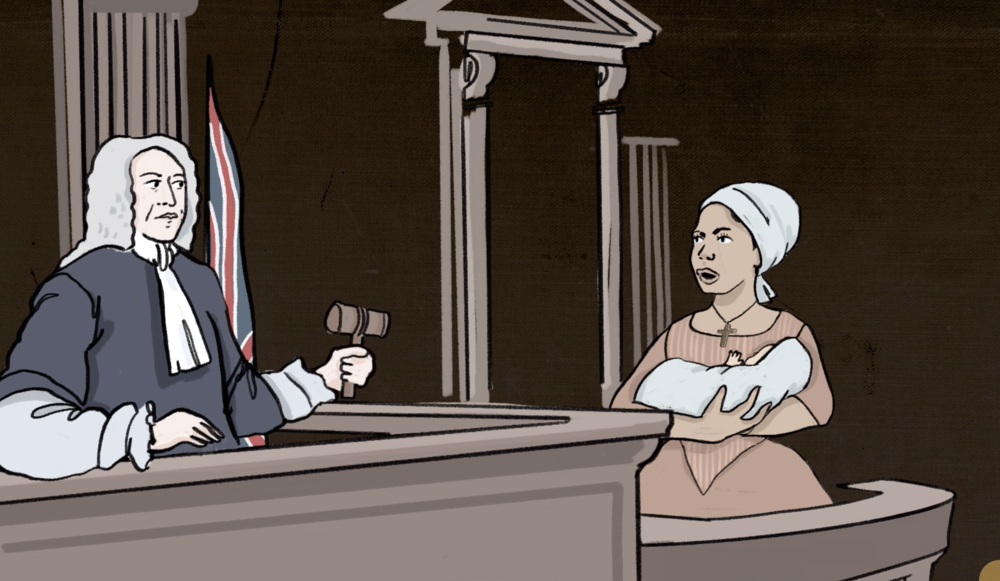
If Knowledge is the Key
Central to an understanding of race in America is the ways that race and racism became part of the legal systems of the country. Elizabeth Key was a bi-racial woman who sued for her freedom in colonial Virginia. Her story allows us to begin to understand the ways that one legal decision can have far reaching and ranging effects.
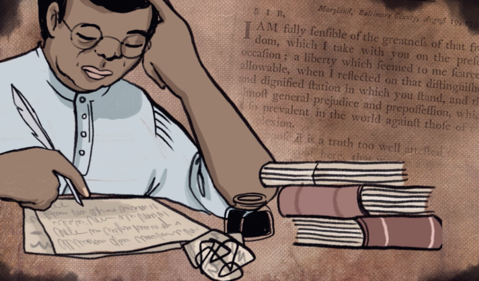
I Got A Letter from the Government
Through the story of Benjamin Banneker and his letter exchange with Thomas Jefferson, students examine some of the tensions and contradictions between the professed ideals of the United States and and to consider the ways that enslaved people used the professed ideals of the United States to argue for their own liberation.

A Mother's Bond
This module explores a heartbreaking tale from 1845 that spans the locations of Savannah, Georgia and Northampton, Massachusetts. We examine Catherine Linda’s story—a woman enslaved in Georgia, but told she could be free in Massachusetts. This complicated story clearly illustrates the intricate web between the North and the South and the institution of slavery.
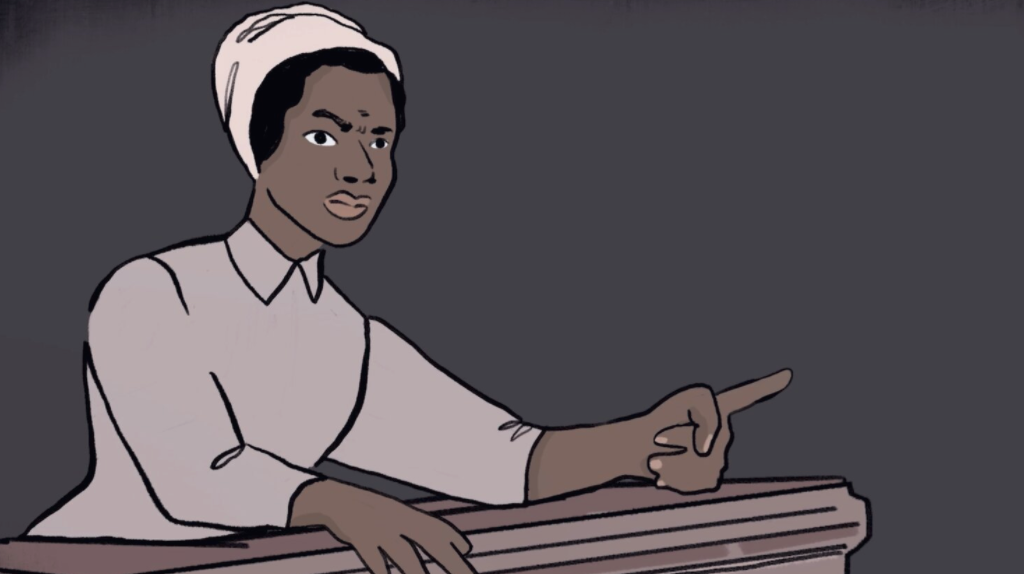
The Truth is Powerful
Through the inspiring and powerful story of Sojourner Truth, students learn about a powerful force for justice and the complexities and subjectivities of recording history, and in particular the differing accounts of the life, work, and words of Ms. Truth, and how we read and understand those accounts today.
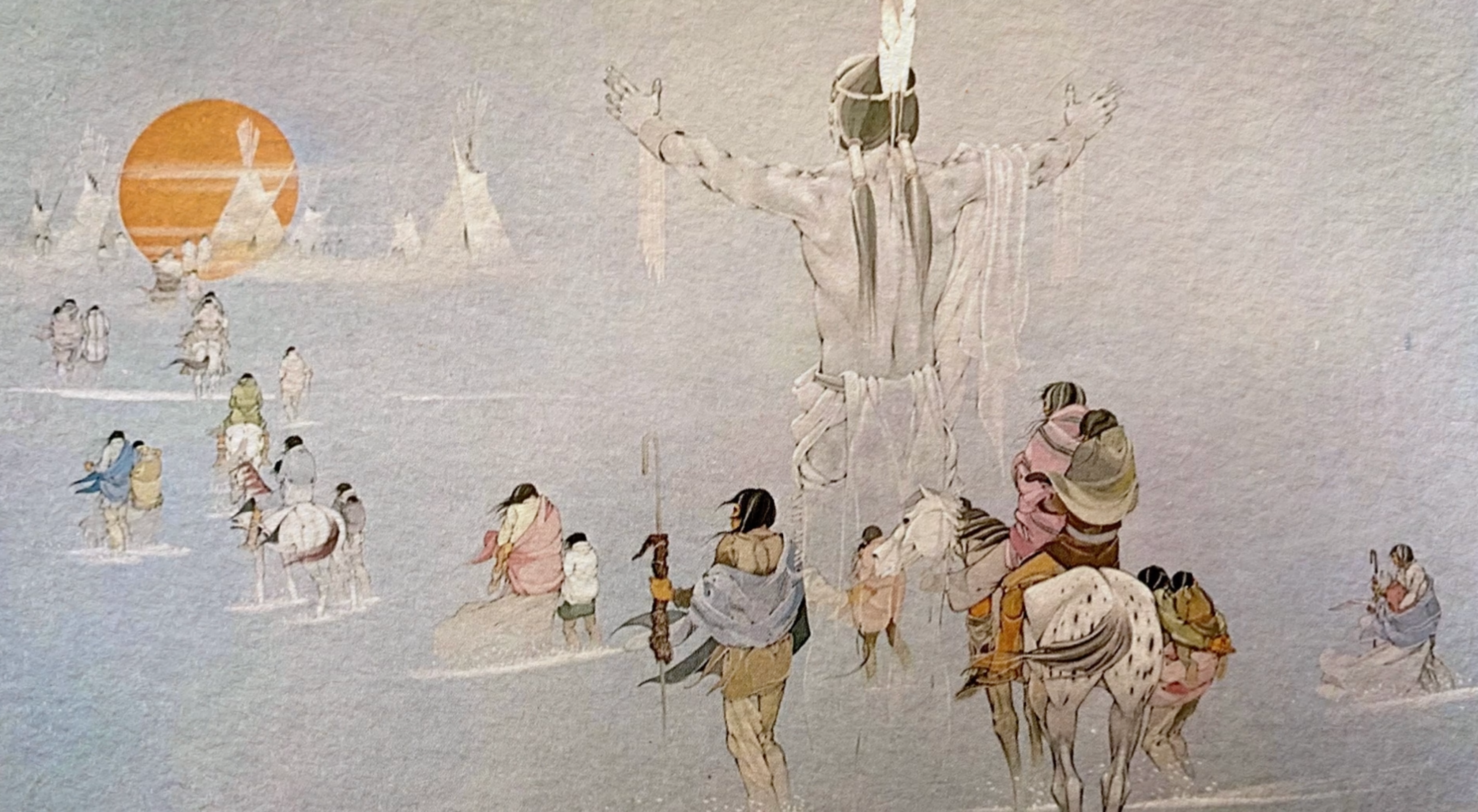
Can There Ever Really Be Justice on Stolen Land?
This module explores the complex history of the Indian Removal Act of 1830 and what many historians refer to as "the Trail of Tears" or the "forced march". Through this episode and the follow up curriculum, examine the intersections between the removal of indigenous nations from their ancestral homelands, pressure for those nations to assimilate, enslaved labor, land, and the demand for cotton.
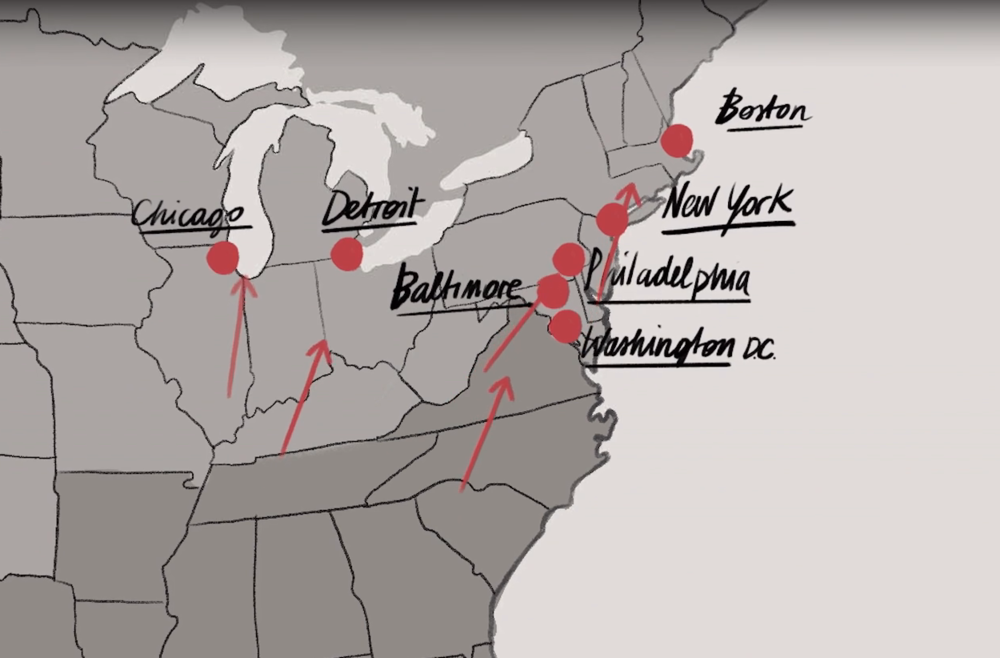
Red Summers: 1919
This is a story of a time of extreme and widespread violence against African-Americans and African-American communities. At the heart of the story is the power and resilience that can be seen in the multitude of ways that Black people stood up to and fought back against the injustices and violence they faced.
